Products
-

Thiamethoxam fast-acting neonicotinoid insecticide for pest control
Thiamethoxam’s mode of action is achieved by disrupting the nervous system of the targeted insect when the insect either ingests or absorbs the poison into its body. An exposed insect loses control of their body and suffer symptoms such as twitching and convulsions, paralysis, and eventual death. Thiamethoxam effectively controls sucking and chewing insects such as aphids, whitefly, thrips, ricehoppers, ricebugs, mealybugs, white grubs, potato beetles, flea beetles, wireworms, ground beetles, leaf miners, and some lepidopterous species.
-

Chlorothalonil organochlorine borad-spectrum fungicide for crop care
Chlorothalonil is a broad-spectrum organochlorine pesticide (fungicide) used to control fungi that threaten vegetables, trees, small fruits, turf, ornamentals, and other agricultural crops. It also controls fruit rots in cranberry bogs, and is used in paints.
-
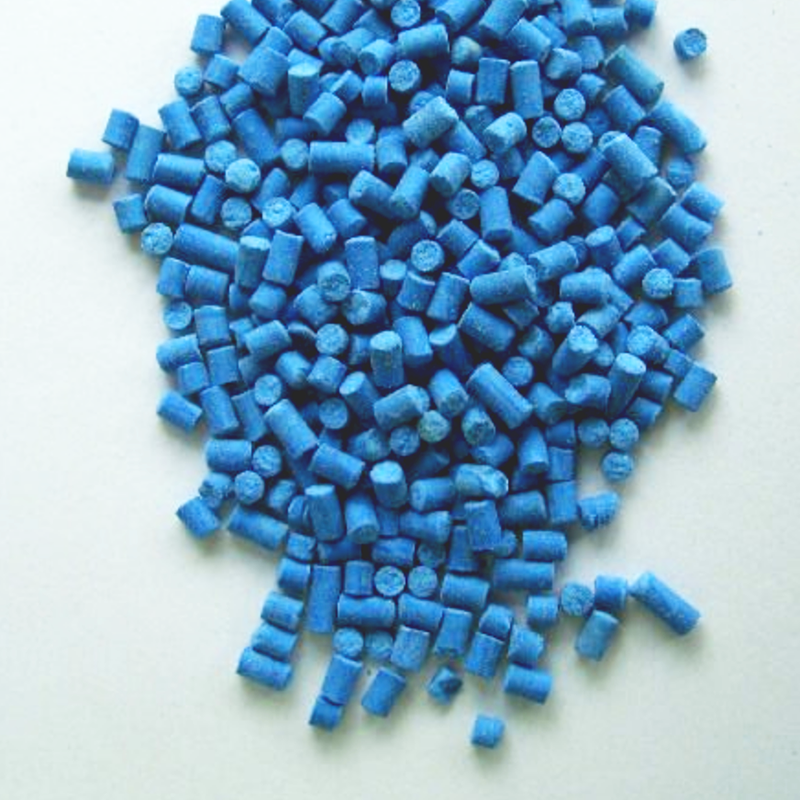
Metaldehyde insecticide for snails and slugs
Metaldehyde is a molluscicide used in a variety of vegetable and ornamental crops in the field or greenhouse, on fruit trees, small-fruit plants, or in avocado or citrus orchards, berry plants, and banana plants.
-
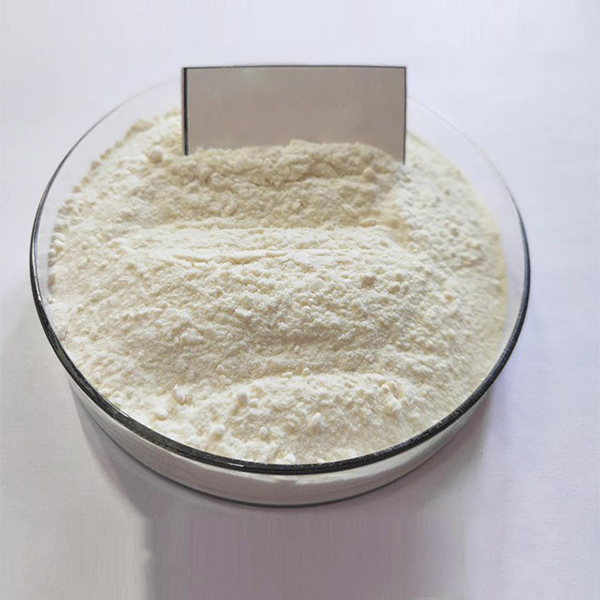
Mesotrione selective herbicide for crop protection
Mesotrione is a new herbicide being developed for the selective pre- and post-emergence control of a wide range of broad-leaved and grass weeds in maize (Zea mays). It is a member of the benzoylcyclohexane-1,3-dione family of herbicides, which are chemically derived from a natural phytotoxin obtained from the Californian bottlebrush plant, Callistemon citrinus.
-
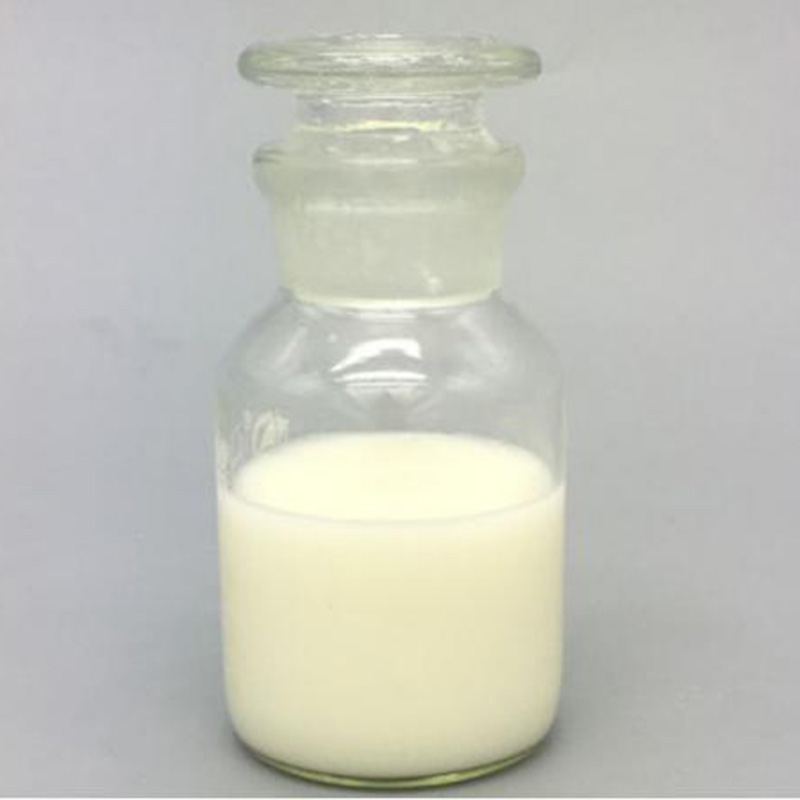
beta-Cyfluthrin insecticide for crop protection pest control
Beta-cyfluthrin is a pyrethroid insecticide. It has a low aqueous solubility, semi-volatile and is not expected to leach to groundwater. It is highly toxic to mammals and may be a neurotoxin. It is also highly toxic to fish, aquatic invertebrates, aquatic plants and honeybees but slightly less toxic to birds, algae and earthworms.
-
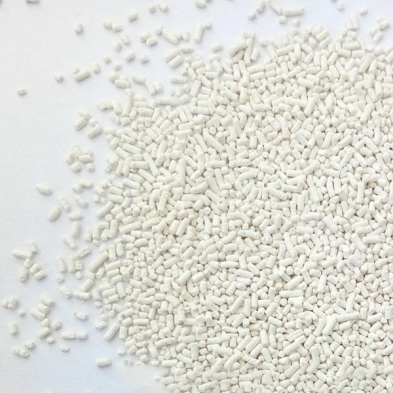
Sulfentrazone targeted herbicide for
Sulfentrazone provides season-long control of target weeds and the spectrum can be enlarged by tank mixture with other residual herbicides. Sulfentrazone has not shown any cross-resistance with other residual herbicides. Since sulfentrazone is a preemergence herbicide, large spray droplet size and low boom height can be utilized to reduce drift.
-
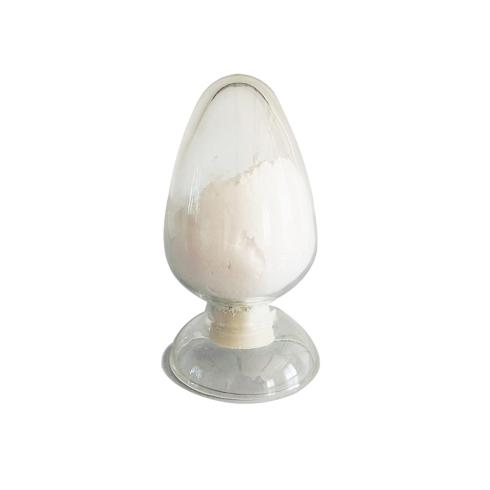
Florasulam post-emergence pesticide for broadleaf weeds
Florasulam l Herbicide inhibits the production of the ALS enzyme in plants. This enzyme is essential for the production of certain amino acids which are essential for plant growth. Florasulam l Herbicide is a Group 2 mode of action herbicide.
-
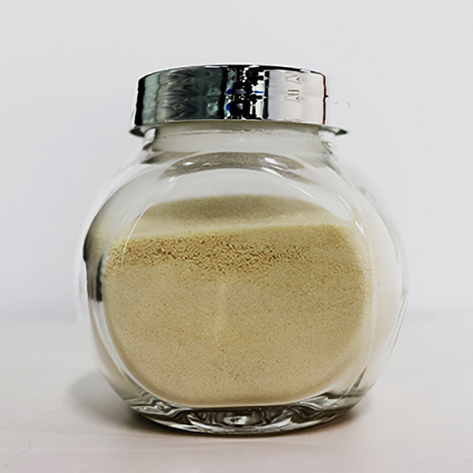
Flumioxazin contact herbicide for broadleaf weed control
Flumioxazin is a contact herbicide absorbed by foliage or germinating seedlings producing symptoms of wilting, necrosis and chlorosis within 24 hours of application. It controls annual and biennial broadleaf weeds and grasses; in regional studies in America, flumioxazin was found to control 40 broadleaf weed species either pre- or post-emergence. The product has residual activity lasting up to 100 days depending on conditions.
-
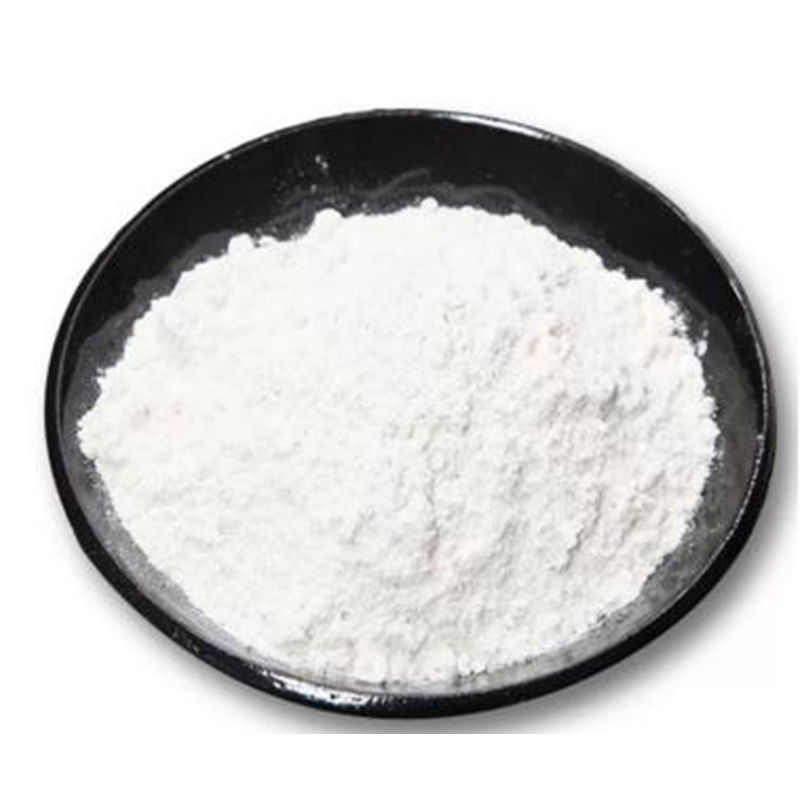
Pyridaben pyridazinone contact acaricide insecticide miticide
Pyridaben is a pyridazinone derivative used as an acaricide. It is a contact acaricide. It is active against motile stages of mites and also controls whiteflies. Pyridaben is a METI acaricide that inhibits mitochondrial electron transport at complex I (METI; Ki = 0.36 nmol/mg protein in rat brain mitochondria).
-
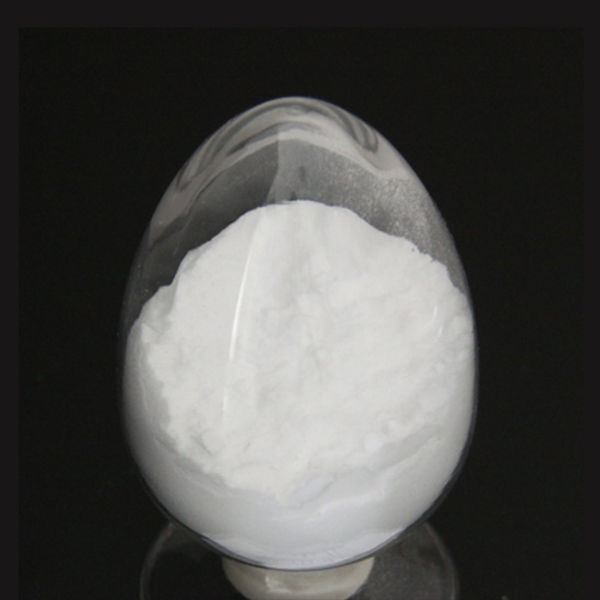
Fipronil broad-spectrum insecticide for insect and pest control
Fipronil is a broad-spectrum insecticide active by contact and ingestion, which is effective against adult and larval stages. It disrupts the insect central nervous system by interfering with the gamma-aminobutyric acid (GABA) – regulated chlorine channel. It is systemic in plants and can be applied in a variety of ways.
-
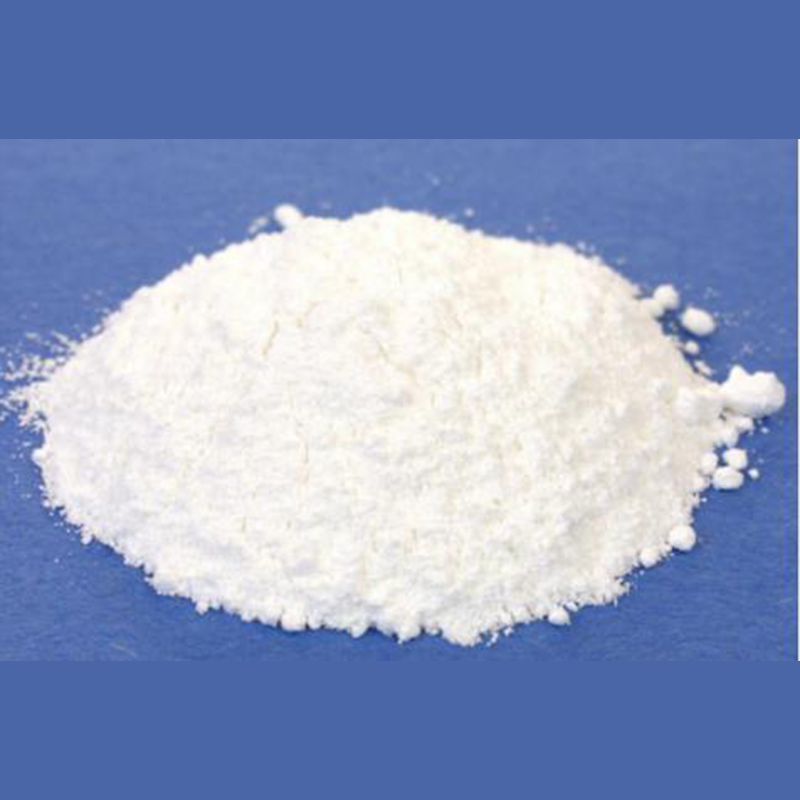
Etoxazole acaricide insecticide for mite and pest control
Etoxazole is an IGR with contact activity against eggs, larvae and nymphs of mites. It has very little activity against adults but can exert ovicidal activity in adult mites. The eggs and the larvae are particularly sensitive to the product, which acts by inhibiting respiratory organ formation in the eggs and moulting in the larvae.
-

Bifenthrin pyrethroid acaricide insecticide for crop protection
Bifenthrin is a member of the pyrethroid chemical class. It is an insecticide and acaricide which affects the nervous system and causes paralysis in insects. The products containing bifenthrin are effective in controlling over 75 different pests including spiders, mosquitoes, cockroaches, ticks and fleas, pillbugs, chinch bugs, earwigs, millipedes, and termites.



















